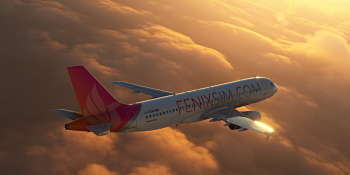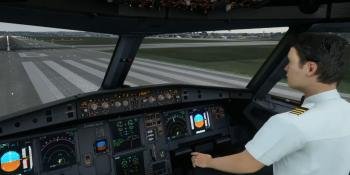Fenix Simulations has announced a high-fidelity Airbus A320 for Microsoft Flight Simulator (MSFS) is in development.

What are the Fenix Sim team saying?
According to the Fenix Sim team, the A320 has: “all the usual suspects you’d find in a full-fidelity simulation; 100% custom ground-up code, a bespoke and a complete autoflight suite, ARINC424 rendering, full physical simulation of fluids and pneumatics and a completely custom navigation environment.”
The team said that the external model is built from scratch and is based on 3D scans of five different A320 airframes. Dirt, grime, oil streaks recreate the look of an in-service airframe with interior wear and tear.
Part of the project was to add advanced features to the MCDU such as lateral offsets, ETPs, RTAs, and step climbs. Additionally, the A320 uses a GPS-aided inertial navigation system with degraded navigational accuracy in low-signal areas. The developer implemented NORAD algorithms for determining satellite location and velocity in Earth orbit by downloading GPS ephemeris data on startup, so if you fly in areas with degraded coverage in real life will degrade navigational performance accordingly in the simulator.

The Fenix Sim A320 synthesizes navigation signals from the radios, ARINC424 data and navaid data from Navigraph. These are used with a WMM (World Magnetic Model) inside a modern FMS and is used to calculate magnetic variation based on lat/long/alt/date/time and is completely independent from internal MSFS navigation.
The A320 features an air-mass simulation with pressure and temperature modelling and includes adiabatic and friction heating as the air mass moves through the aircraft. The team said that every mixing valve, recirculation valve, compressor, decompressor, pre-cooler and cooler is replicated.

Approximately 383 unique failures will be modelled along with 280 circuit breakers to capture the complexity of the A320 with dozens of computers and hundreds of mechanical components.
Sign up to our newsletter
For more first-class flight simulation content just like this, why not sign up to our free newsletter and receive the latest articles as soon as they leave the editor's desk, available to read any time and from any device.















